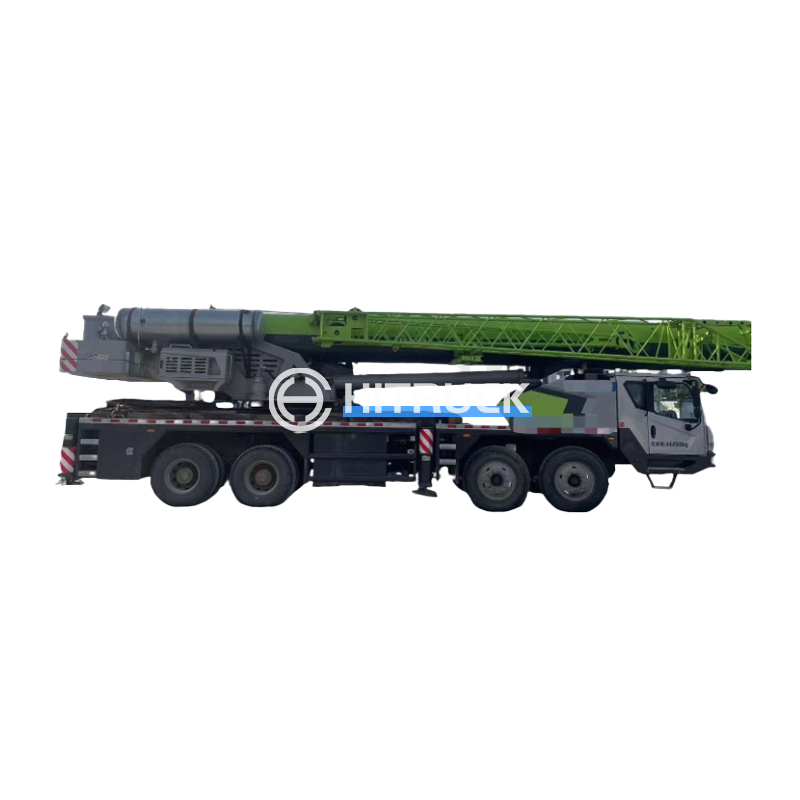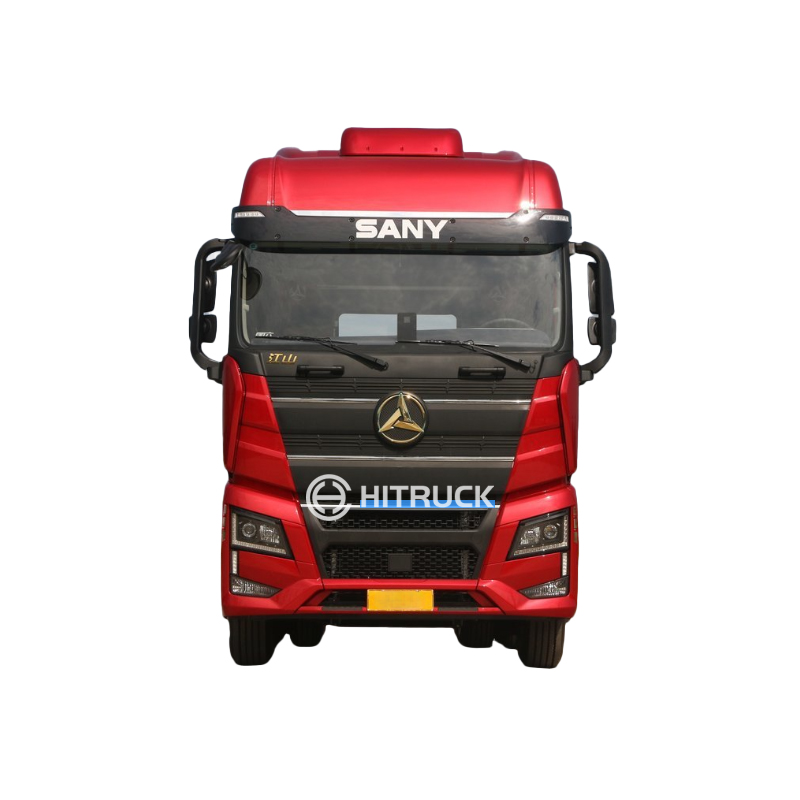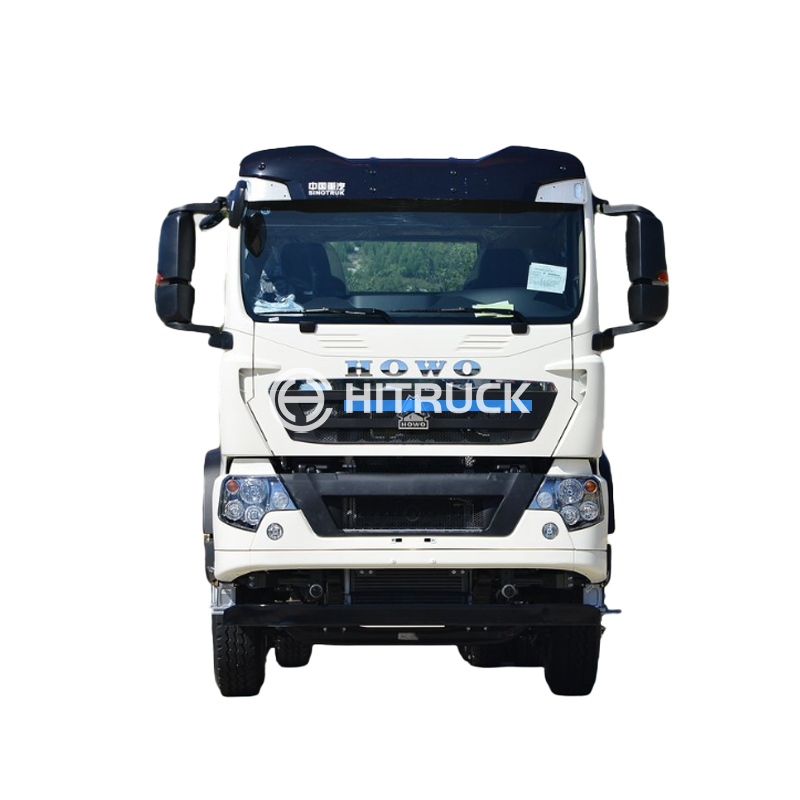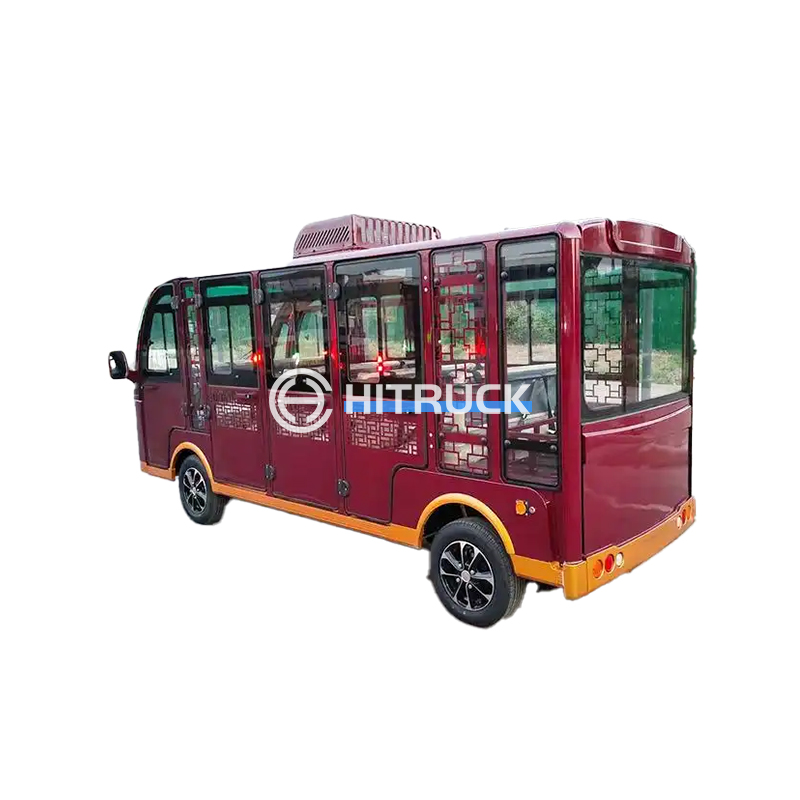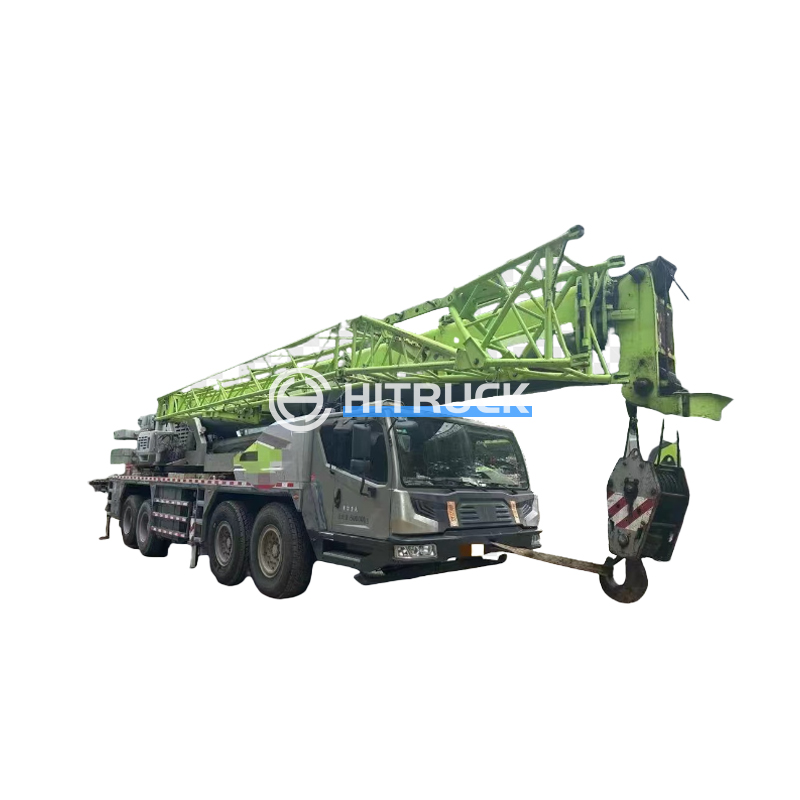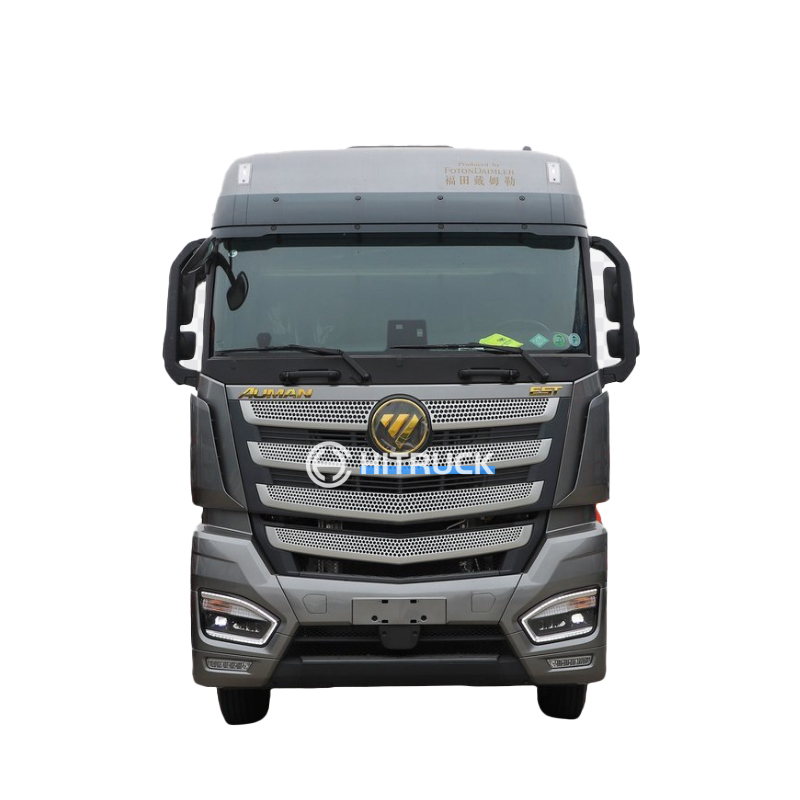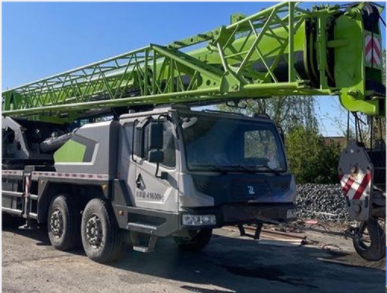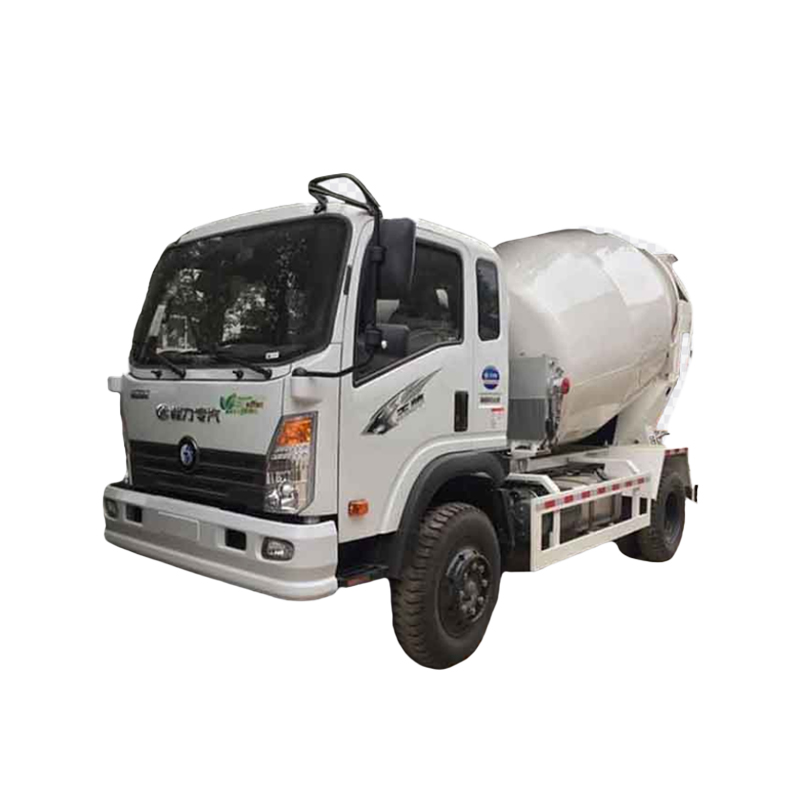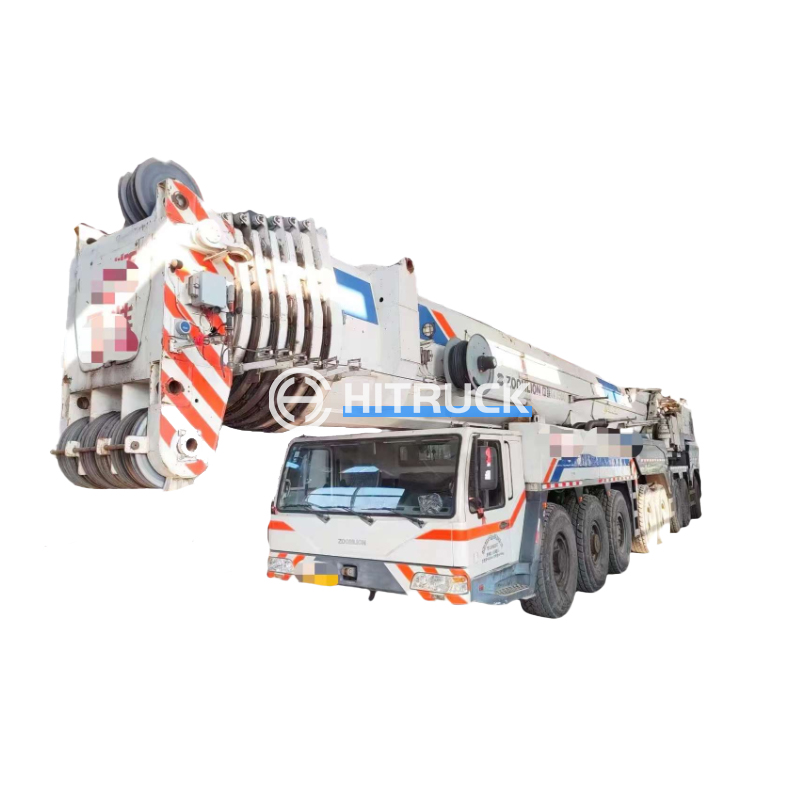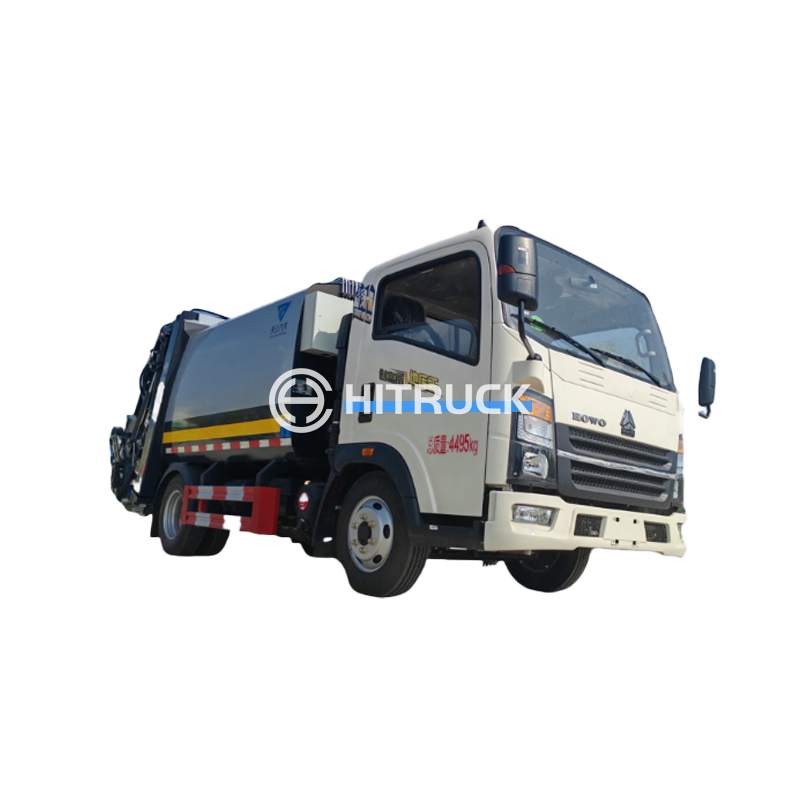This comprehensive guide explores the world of heavy wreckers, offering insights into their various types, functionalities, and selection criteria. We'll cover everything from understanding your specific needs to identifying the best heavy wrecker for your budget and operational requirements. Learn how to navigate the complexities of this specialized equipment and make informed decisions for your business or personal needs.
Rotator heavy wreckers are known for their powerful rotating arms, enabling them to lift and maneuver heavy vehicles with precision. These are ideal for recovering large trucks, buses, and other heavy-duty equipment. Their versatility makes them a popular choice across various industries. Consider factors like lifting capacity and boom reach when choosing a rotator heavy wrecker. The specific features will vary by manufacturer, so research is crucial. For example, some models offer advanced features like outriggers for enhanced stability.
Wheel-lift heavy wreckers are designed for efficient towing of vehicles that are still drivable, though perhaps requiring assistance. They lift the front or rear wheels, minimizing damage compared to other methods. They are generally more affordable than rotator wreckers, but may not be suitable for severely damaged or extremely heavy vehicles. Their compact design can make them advantageous in tight spaces. The selection depends on the typical vehicles you will be towing and the frequency of use.
Integrated tow trucks combine features of both rotator and wheel-lift wreckers, offering greater flexibility. This versatility is ideal for businesses dealing with a wide variety of vehicles and recovery situations. However, this multi-functionality typically comes with a higher price tag. Evaluating your specific operational needs is critical before choosing this type of heavy wrecker.
The lifting capacity of a heavy wrecker is crucial. It must be sufficient to handle the heaviest vehicle you anticipate towing. Always consider a safety margin; don’t choose a heavy wrecker that is only just sufficient for your heaviest load. Always check the manufacturer's specifications.
The boom length significantly impacts accessibility in various situations. A longer reach allows for recovery in challenging locations. This is particularly relevant for roadside assistance or recovery in tight spaces. This factor is often related to the lifting capacity, so carefully consider both when making a selection.
The overall towing capacity is the maximum weight the heavy wrecker can safely tow. This should be higher than your expected maximum load for safety and to accommodate variations in weight.
Regular maintenance is vital to ensure the longevity and safety of your heavy wrecker. This includes routine inspections, oil changes, and checks of the hydraulic systems. Ignoring maintenance can lead to costly repairs and potential safety hazards. Consult your heavy wrecker's manual for specific maintenance recommendations.
Choosing the right heavy wrecker requires careful consideration of your specific requirements and budget. Research various manufacturers and models, comparing specifications and features before making a purchase. Consider consulting with industry professionals for expert advice. For a wide selection of high-quality heavy wreckers and related equipment, explore the inventory at Suizhou Haicang Automobile sales Co., LTD. They offer a range of options to suit diverse needs.
| Wrecker Type | Best For | Considerations |
|---|---|---|
| Rotator | Heavy vehicles, complex recoveries | Lifting capacity, boom reach |
| Wheel-Lift | Drivable vehicles, efficient towing | Vehicle weight, accessibility |
| Integrated | Diverse vehicle types, versatility | Cost, maintenance |
Remember to always prioritize safety when operating a heavy wrecker. Proper training and adherence to safety regulations are essential.


